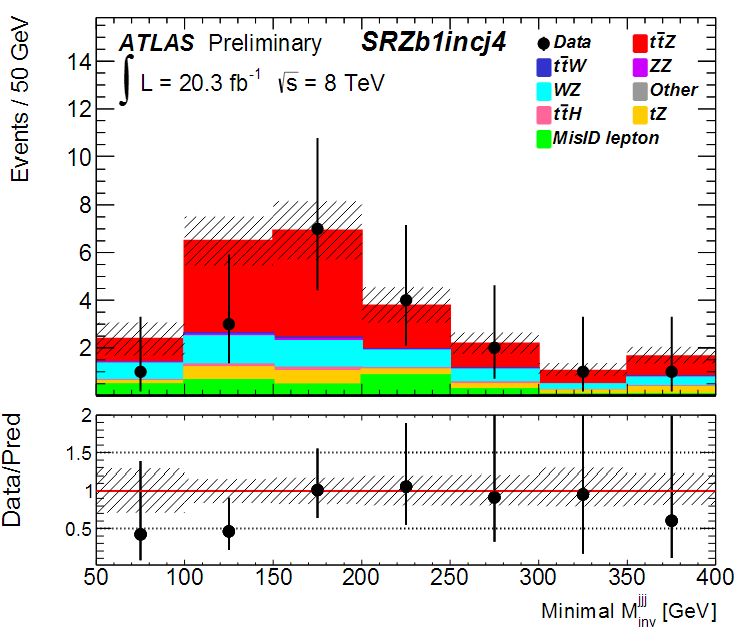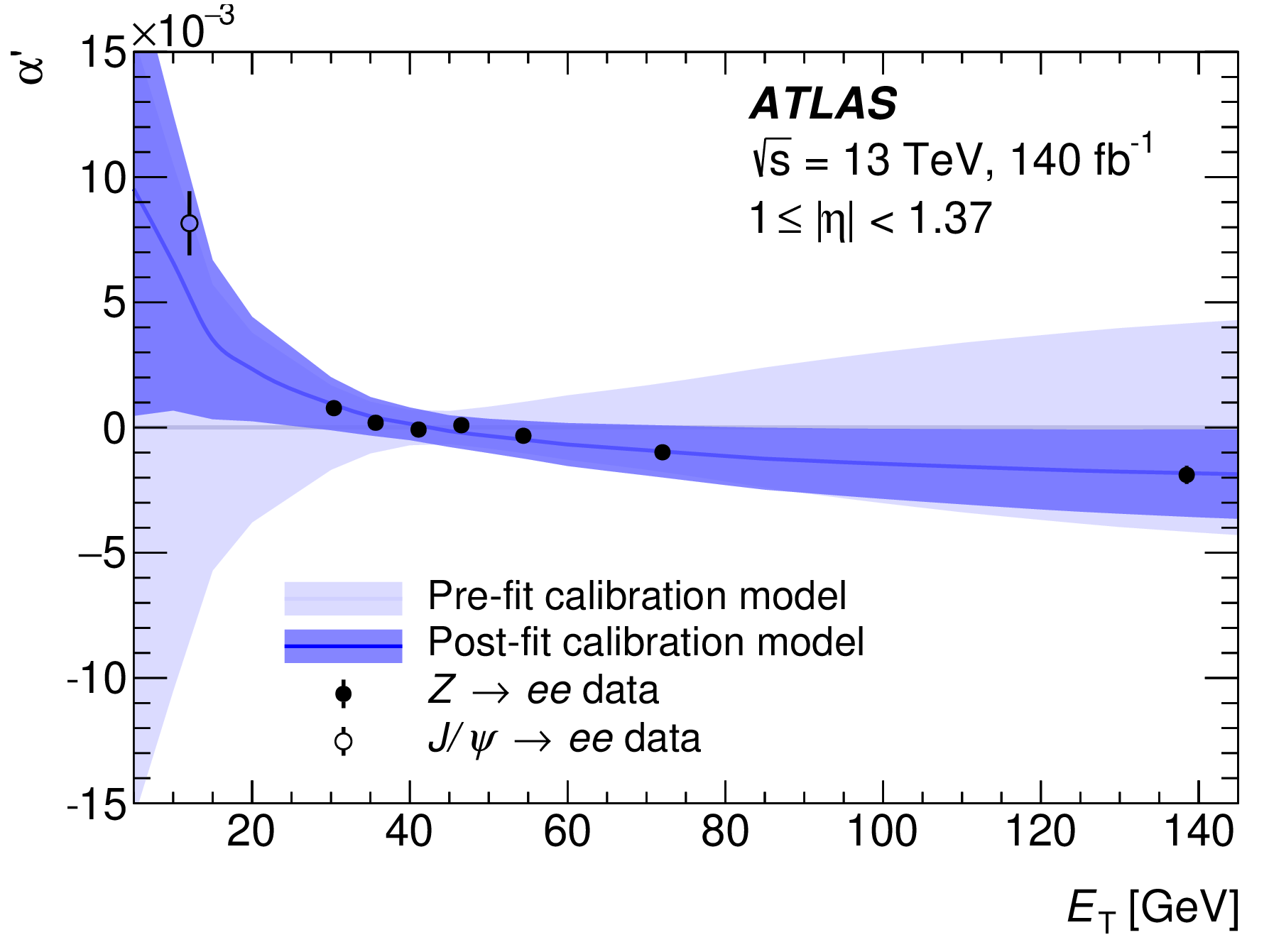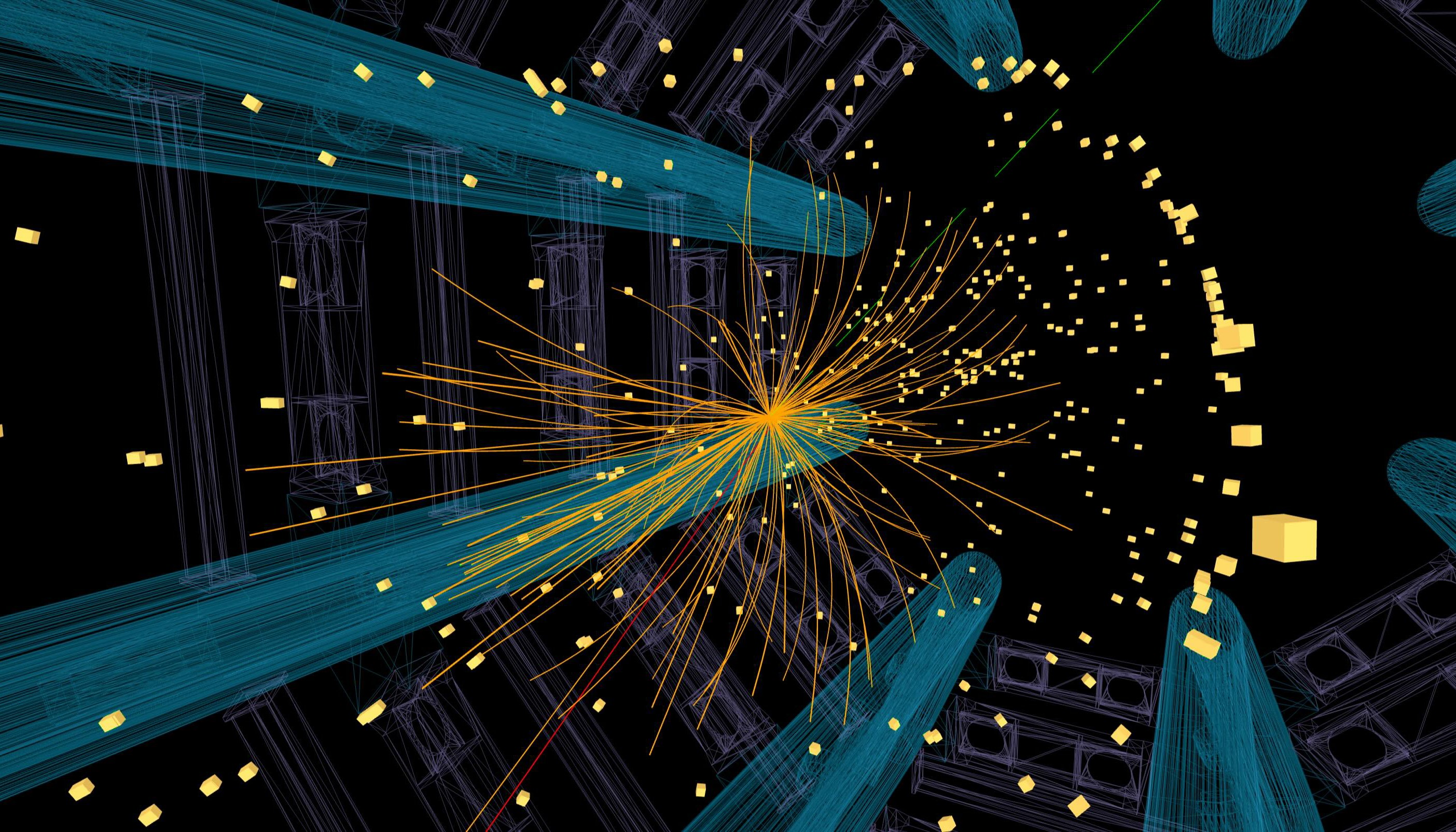New evidence for top quark pairs produced with W or Z bosons
3 July 2014 | By

Evidence for the production of a W or Z boson together with a top quark pair, referred to as tt̄W and tt̄Z processes, has been found in the ATLAS analysis of the 8 TeV data from the LHC’s first run.
The top quark is the heaviest known elementary particle with a mass of 173.34 ± 0.76 GeV (Giga electron Volts). It has the largest among all quarks coupling to the Higgs boson, of order one. This indicates that top quark is closely connected to electroweak symmetry breaking and may play a special role in the Standard Model (SM) of elementary particles. One of the ways, in which the SM can be tested, is to measure the coupling of the top quark to other particles. Many theories of physics beyond the SM can modify the coupling of top quarks to bosons, which can be observed experimentally by measuring production rates of the associated production of a boson and top quark pairs.
The tt̄W and tt̄Z processes are very rare, about one thousand times rarer than top quark pair production alone. Detecting them is a milestone on the way to observing the even rarer production of a Higgs boson radiated off a top quark that was produced as top quark pair.
To collect as many events as possible, ATLAS analyzed events with different particles in tt̄W and tt̄Z final states: two leptons, both of which have either the same or opposite charge, or three leptons. Machine learning techniques are used to further increase the sensitivity of the analysis. The results show evidence that both tt̄W and tt̄Z processes occur with a certainty of more than 99.7% each. Their rates agree with those predicted by the Standard Model.




